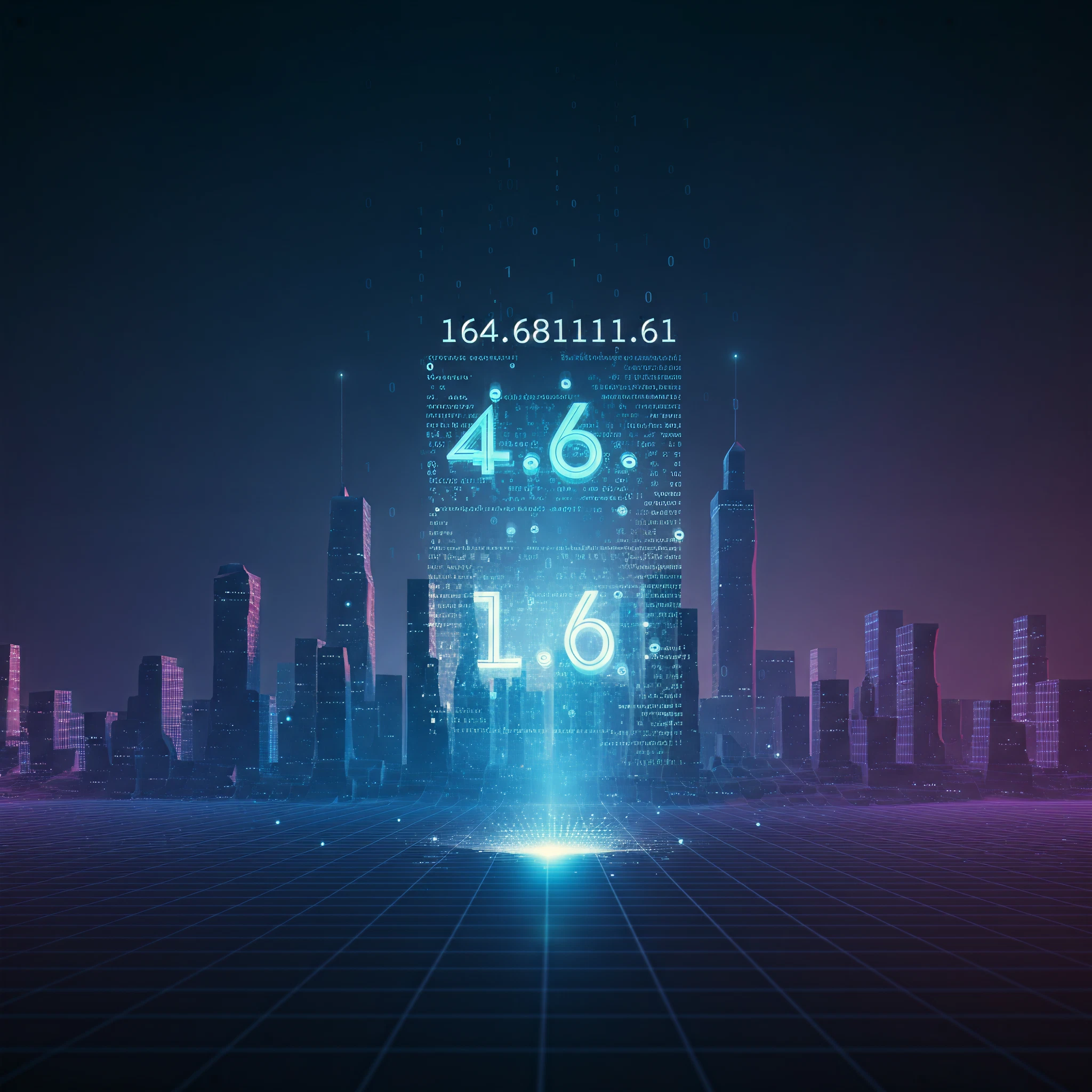If you’ve come across the sequence 164.68111.161 in discussions about software or technology, you might be wondering what it means. Is it an address? A piece of code? Or something entirely different? This blog post will demystify what 164.68111.161 is, how it’s used, and why it’s significant in the digital world.
Whether you’re a beginner just dipping your toes into software or an experienced IT professional seeking clarification, this guide will give you everything you need to know about 164.68111.161 and its relevance.
What is 164.68111.161?
164.68111.161 is a numeric identifier commonly used in the context of software systems. However, to fully understand its relevance, it’s essential to examine its potential functions:
- IP (Internet Protocol) Address
One plausible explanation is that 164.68111.161 could be an IP address—a numerical label assigned to devices connected to a computer network that uses the Internet Protocol for communication. However, upon closer examination, this specific string doesn’t fit the standard formatting of an IPv4 or IPv6 address and may be an example used for demonstration purposes.
- Software-related Identifier
Beyond IP addresses, numeric sequences like 164.68111.161 are often utilized in internal software applications, either as reference points, identifiers, or placeholders.
This string could also serve as a fictional address in documentation, training materials, or instructional guides within the software industry.
- Placeholder Address in Development
Developers often use placeholder values, like 164.68111.161, for testing or simulation purposes within systems. This helps developers test functionality, debug code, and visualize architecture without tying the sequence to actual, live systems.
Why Does it Matter?
The importance of 164.68111.161 lies in its teaching and developmental context. Numeric strings like this shine a spotlight on how software, addresses, and identifiers play a significant role in building and maintaining tech infrastructure. Here’s why they are worth understanding:
1. Understanding Software Testing
Numbers like 164.68111.161 are frequently used in development and testing environments to simulate data or reference addresses. Developers need to test network connections, program performance, and server interactions, and placeholder values often come into play during these processes.
For example:
- When testing a client-server relationship in custom software, placeholder IP-like values may be assigned until actual addresses are determined.
- Error debugging becomes simpler when working with separate test data points like this.
2. Learning Networking Basics
Even if 164.68111.161 doesn’t map to an existing live IP address, studying such samples helps beginners understand the structure of network protocols and virtual systems.
For instance, the familiarity with the structure of IP addresses, the numeric format, and the role of subnets in shared systems is fundamental when working in IT roles.
3. Placeholder Address Practicality
Placeholder sequences like 164.68111.161 give developers practical tools for building projects in simulated conditions. Placeholder data allows teams to:
- Test database functionality
- Simulate user interactions
- Plan configurations before launching software
4. Innovation in Address Systems
Beyond education and testing, the continued evolution of numeric addresses reflects broader trends in software and networking. Tools and practices surrounding identifiers like 164.68111.161 pave the way for concepts like:
- IPv6 expansion, which uses lengths and patterns far more advanced than the common IPv4 system.
- Cloud integration that relies on virtualized IP addresses.
Is 164.68111.161 a Valid IP Address?
It’s important to note that 164.68111.161 is not a valid IP address. Here’s why:
- IPv4 addresses are four numbers (each ranging from 0 to 255), separated by dots. For example, 192.168.0.1 is valid because each segment falls within the allowed range.
- IPv6 addresses extend this format into alphanumeric combinations, separated by colons—for example, 2001:0db8::1.
Because the sequence “68111” exceeds the allowable numeric range (0–255), this disqualifies 164.68111.161 from being an actual IP.
Instead, 164.68111.161 may function as a stand-in address cited for educational examples or system documentation.
Best Practices for Using Placeholder Addresses in Software
If you’re a developer working with placeholders like 164.68111.161, here are some practical guidelines to keep in mind:
1. Clarify the Placeholder’s Purpose
When using placeholder values in your projects, ensure they are well-documented. Adding notes or comments in the code to explain placeholders means fewer headaches when transitioning to live data.
Example comment in code:
“`
Placeholder address 164.68111.161 used for testing server configurations
“`
2. Opt for Reserved Examples
The Internet Assigned Numbers Authority (IANA) has designated IP address ranges for documentation and testing purposes. For example:
- IPv4 reserved examples include 192.0.2.0 – 192.0.2.255
- IPv6 reserved examples include 2001:db8::/32
Consider using these predefined address ranges instead of arbitrary placeholders to ensure clarity and prevent confusion.
3. Remove Unused Placeholders
Before launch, ensure all placeholder values are replaced with actual addresses or variables connected to live systems. Placeholder remnants in live systems can lead to functionality failure.
4. Keep Up with Technology
IP address structures and numeric patterns are growing more complex, thanks to the broader adoption of IPv6. Staying updated in this space allows developers to make more accurate simulations and optimizations.
Moving Forward with Address Systems in Software
While 164.68111.161 might not be an actual address, examining its structure and context provides a valuable lens into the fascinating world of networked systems and software identifiers. Developers and IT professionals rely on placeholder values, structured testing, and numeric identifiers, like 164.68111.161, to pave the way for innovation.

